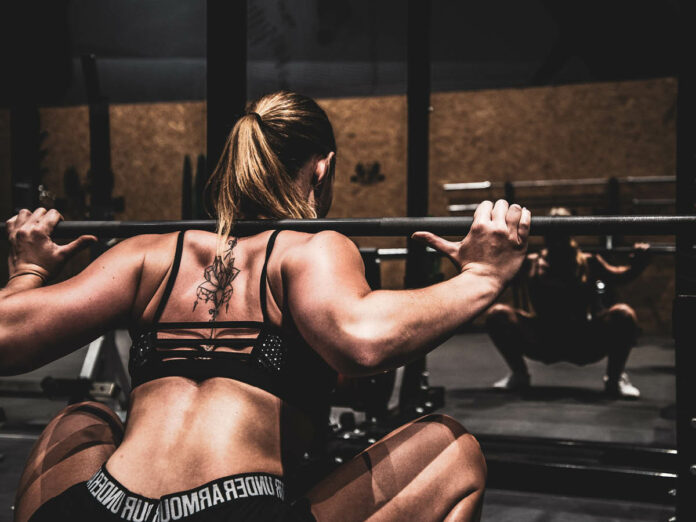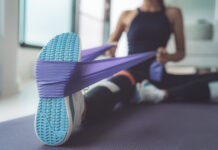
“Help! I did a new leg workout yesterday and now I can’t even walk down the stairs. What’s going on?” Sound familiar?
This sensation of muscle pain that occurs 24-48 hours after exercise is known as delayed onset muscle soreness (DOMS) and is a key component of physiologic adaptation. When we undergo vigorous exercise, a disturbance in cellular homeostasis occurs. This then stimulates the body to respond to the disturbance by restoring homeostasis. In other words, if doing a leg workout breaks down muscle tissue, then the body will respond by repairing the damaged tissue.
However, recovery processes do not stop when homeostasis is restored, but continue until a small overcompensation is attained. This is known as physiologic adaptation. The key concept is that improvements in strength or cardiovascular fitness do not occur with exercise, they occur during RECOVERY. Thus, exercise is merely the STIMULUS to tell the body to get stronger or faster.
The time required for recovery after an exercise stimulus is critical. If an athlete is not given time to adapt before a new training impulse is imposed, a progressive imbalance in homeostasis will occur. In effect, performance will deteriorate instead of improve. With persistent, inadequate recovery time, a phenomenon called Overtraining Syndrome may develop. This is characterized not only by a decline in performance, but also by persistent fatigue, neuroendocrine changes, alterations in mood and motivation, and frequent illness.
Delayed Onset Muscle Soreness (DOMS)
Delayed onset muscle soreness is a protective mechanism against Overtraining Syndrome. The pain associated with DOMS may be so severe that planned training events have to be abandoned for rest days. The key to maximize recovery and get back to training is to allow time for muscle repair and provide an optimum healing environment with adequate sleep, hydration, and nutrition. When DOMS pain is minimal, training may resume.
Muscle damage from training can be directly correlated with training volume, intensity and type. Typically, DOMS is more severe with eccentric loading (loading while the muscle lengthens). Downhill running and skiing are common activities that involve eccentric loading. A big jump in training volume or intensity also puts an athlete at risk for more severe muscle soreness.
Occasionally, the nature of an athletic endeavour does not allow for adequate recovery time. Multi-day events and tournaments are examples of this. In these cases, the goal is to maximize recovery wherever possible.
Research has shown vitamin C, vitamin E, and protein supplements have the potential to enhance recovery. Additional research has shown the effects of DOMS can be reduced with ice baths or recovery massage. Static stretching has also been found to have a positive effect on some components of recovery, but not on DOMS specifically.
 IMPACT Magazine’s Special Summer Edition
IMPACT Magazine’s Special Summer Edition
This has not been a regular summer, and this is not a regular edition of IMPACT Magazine. In fact, it is an unprecedented issue that comes to you as a result of true grit and community support.
















